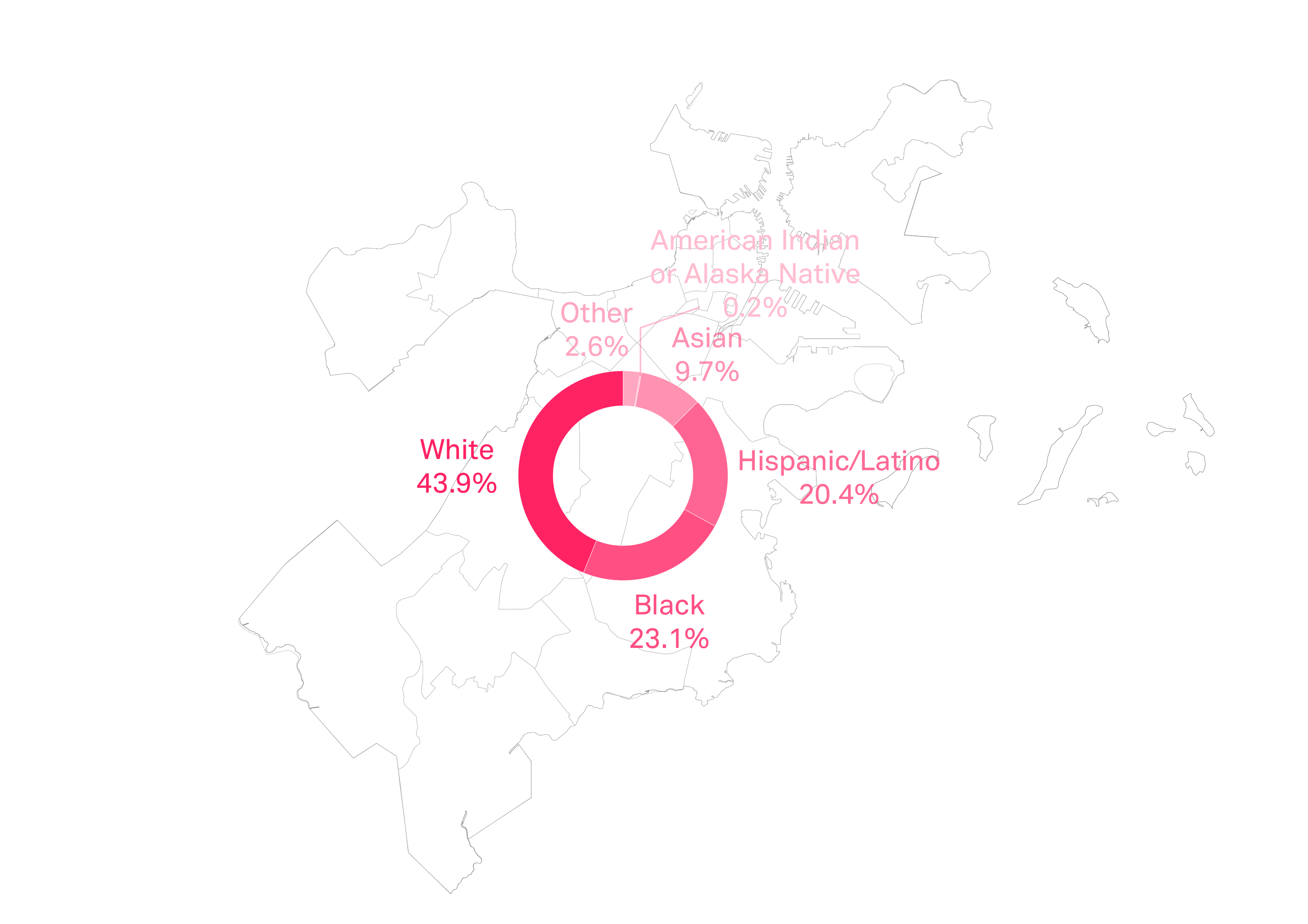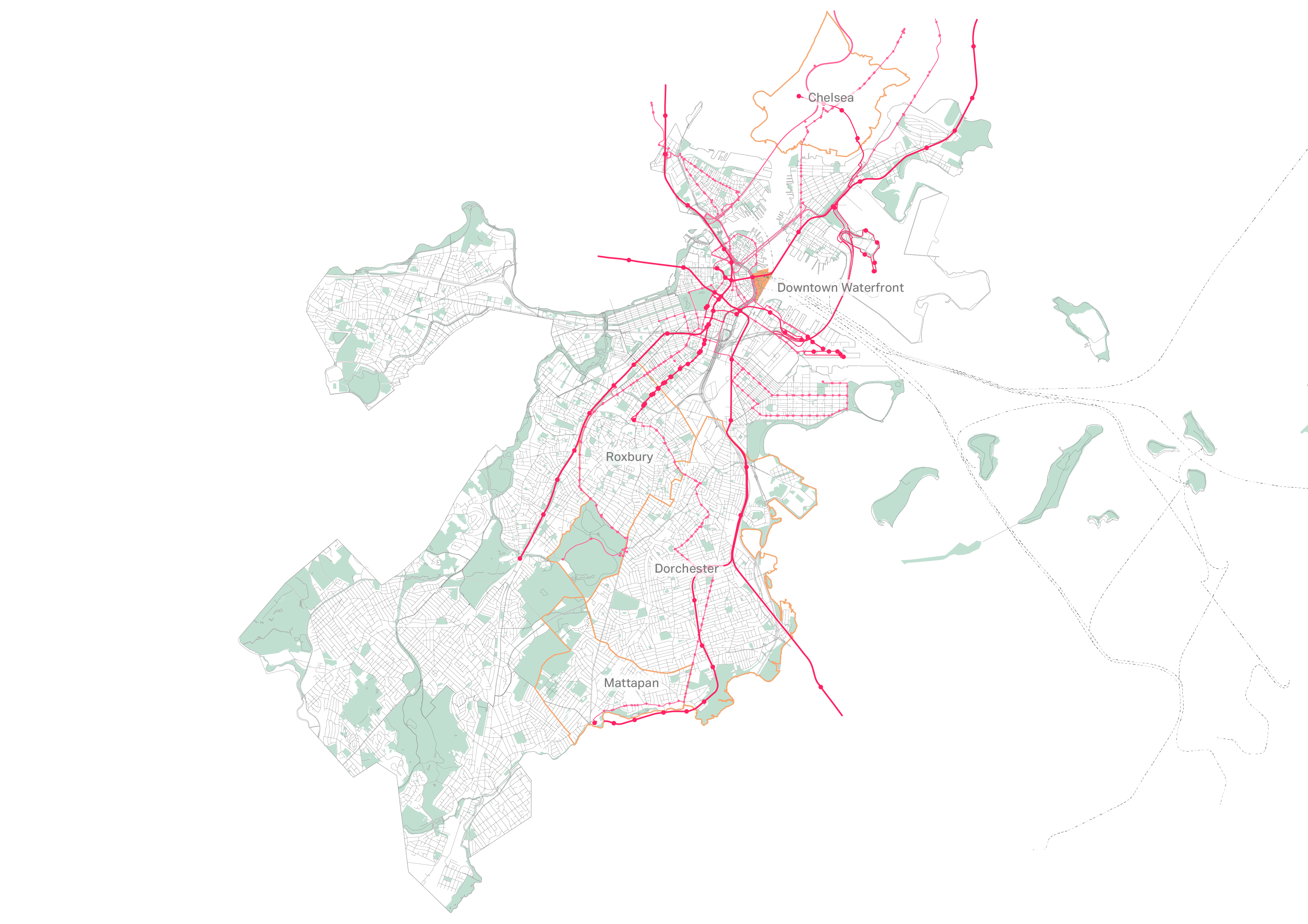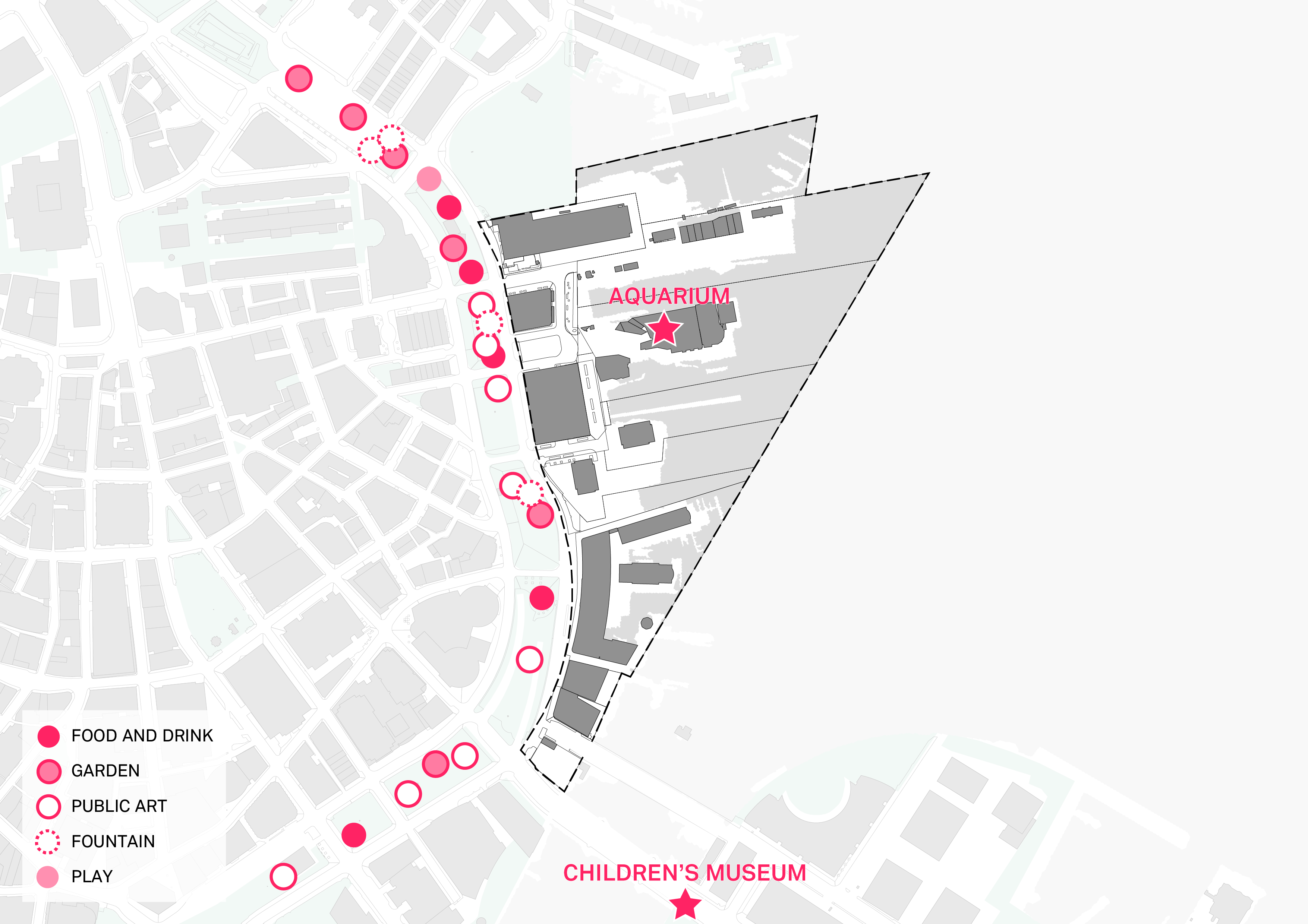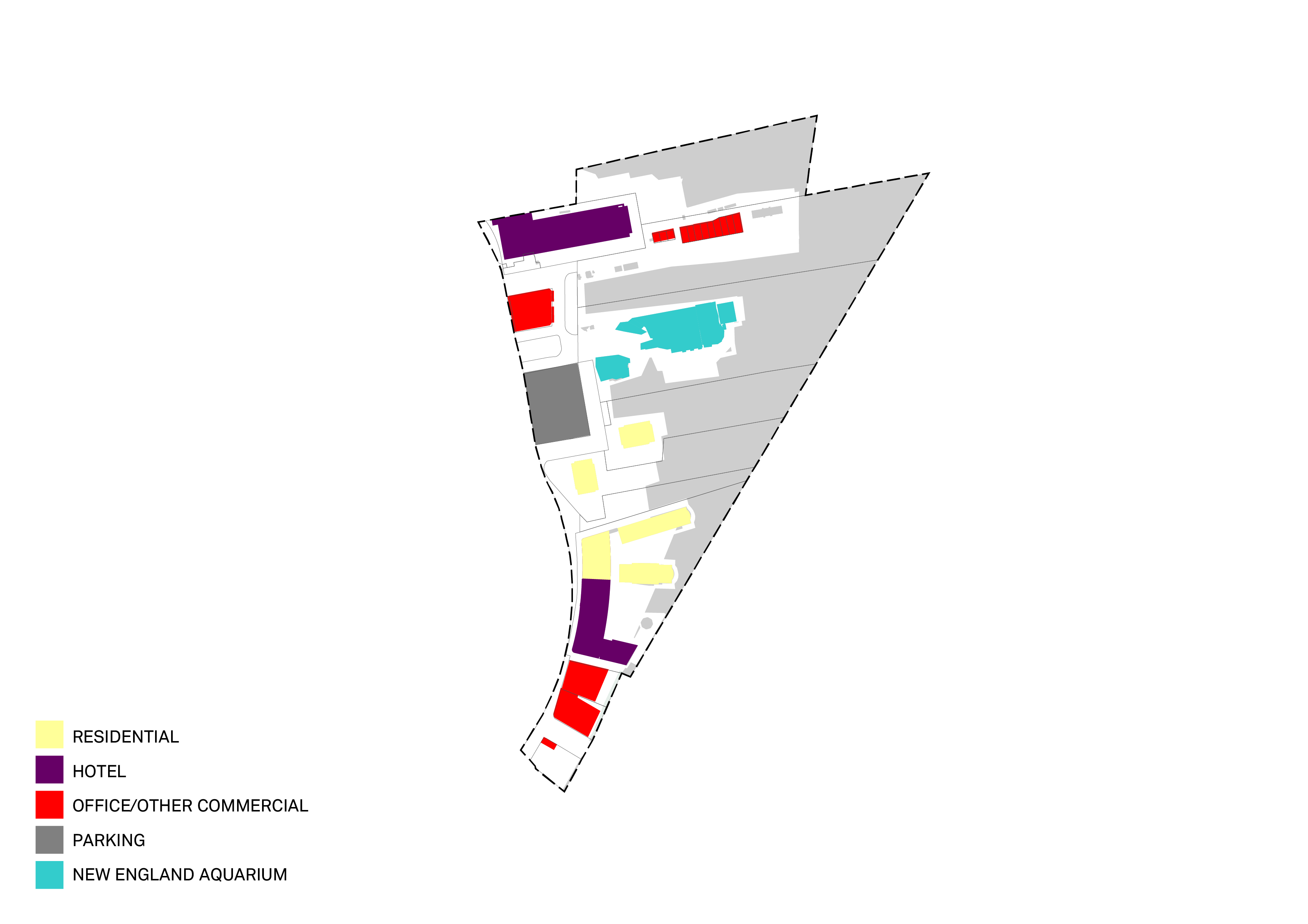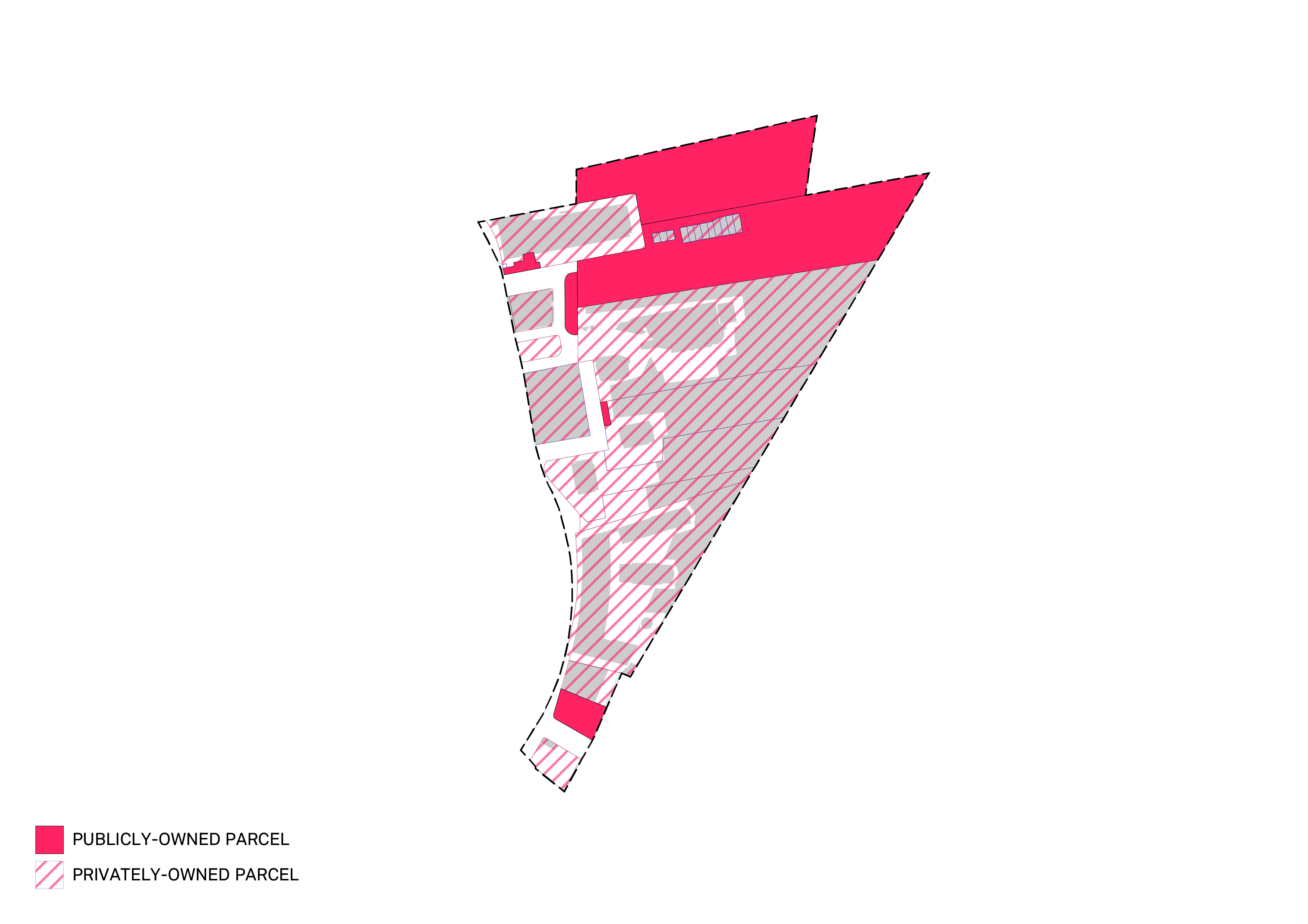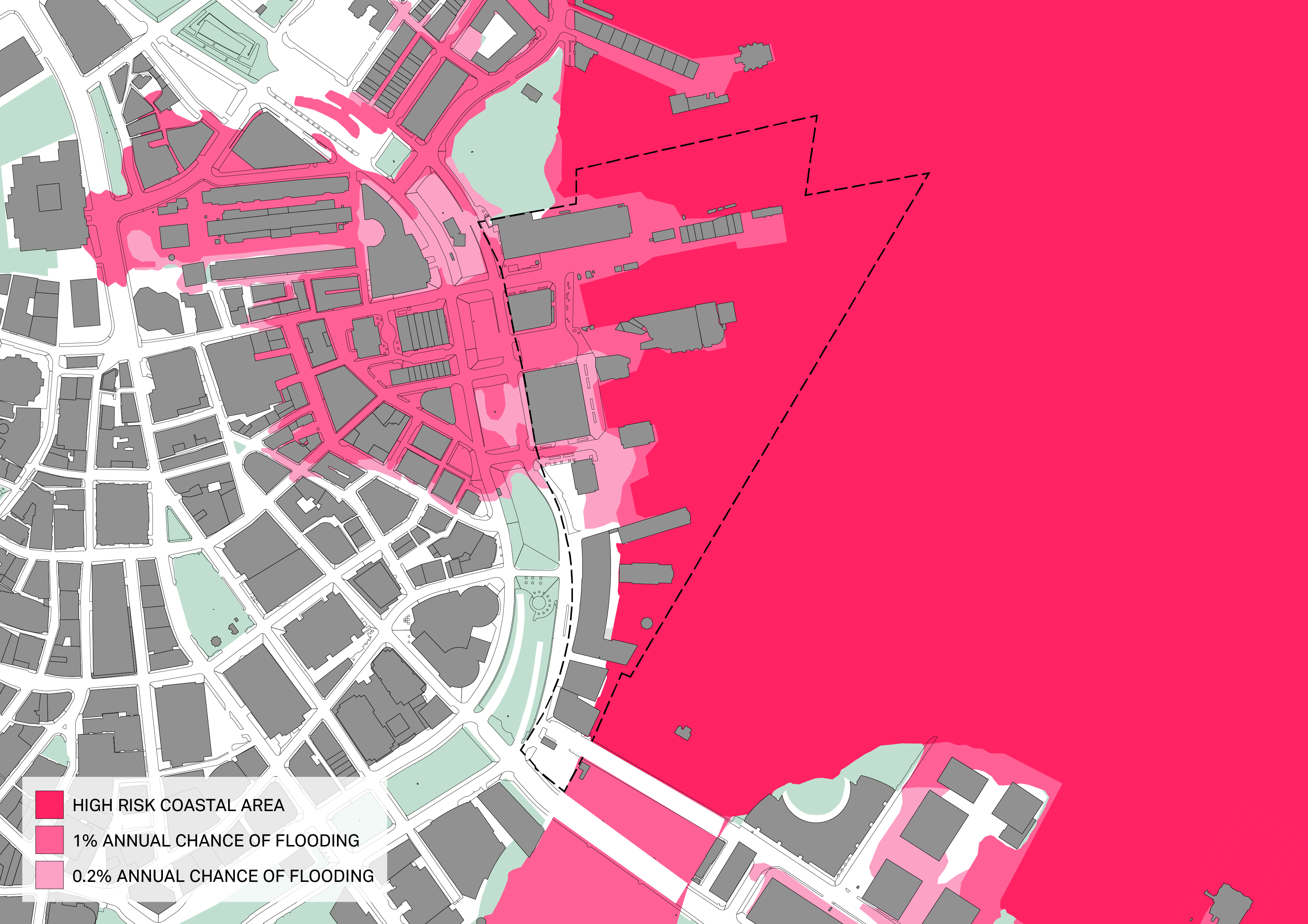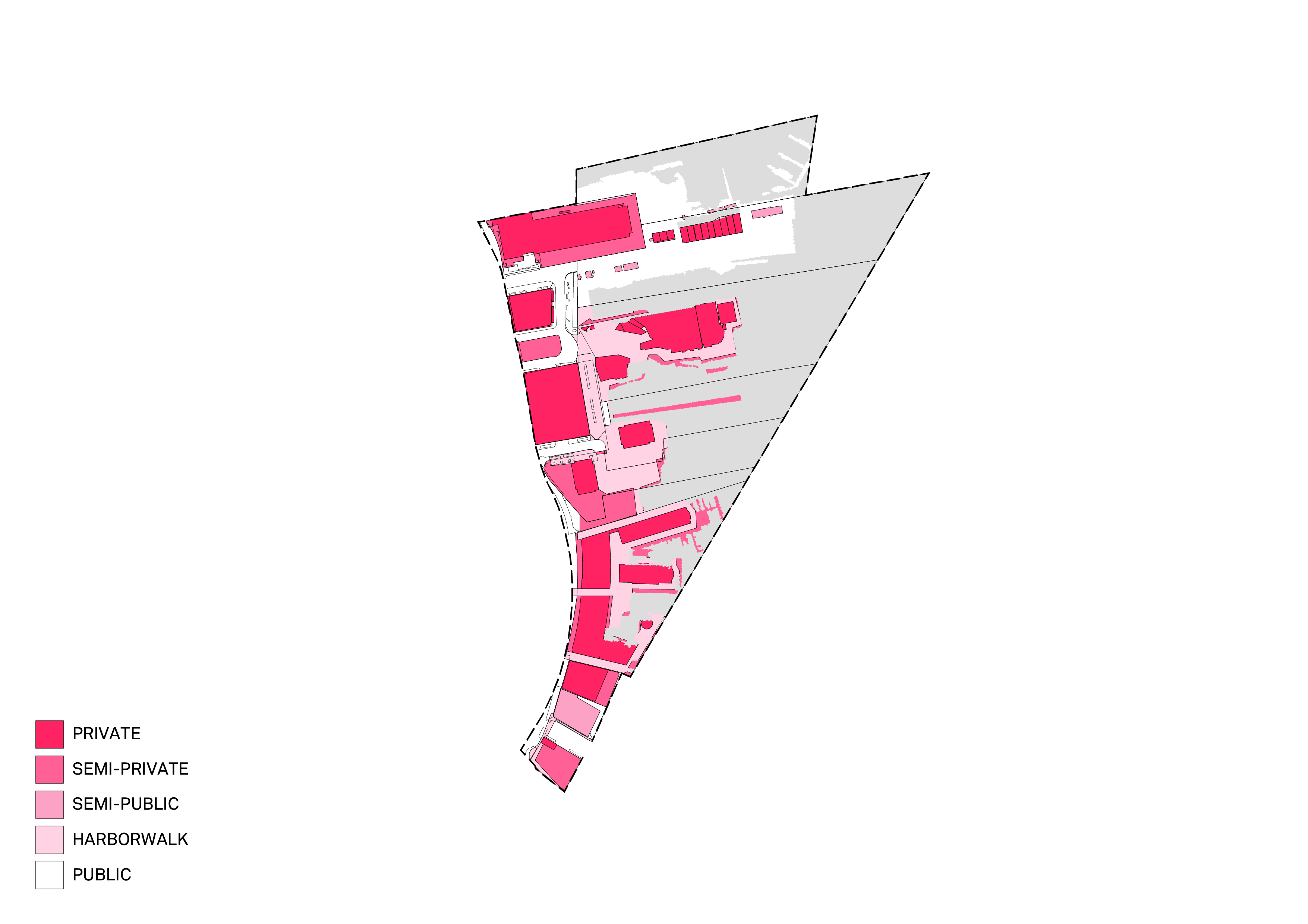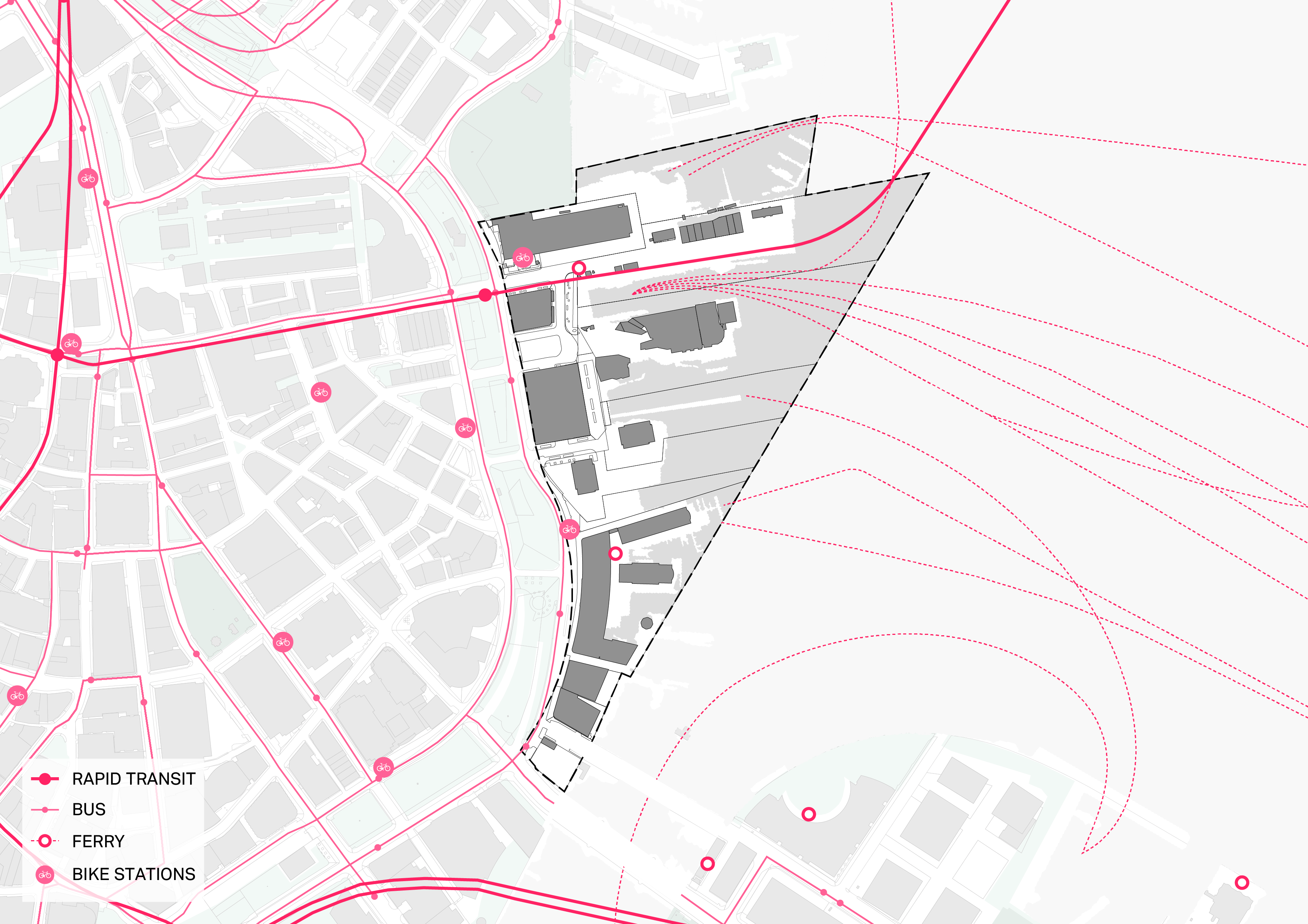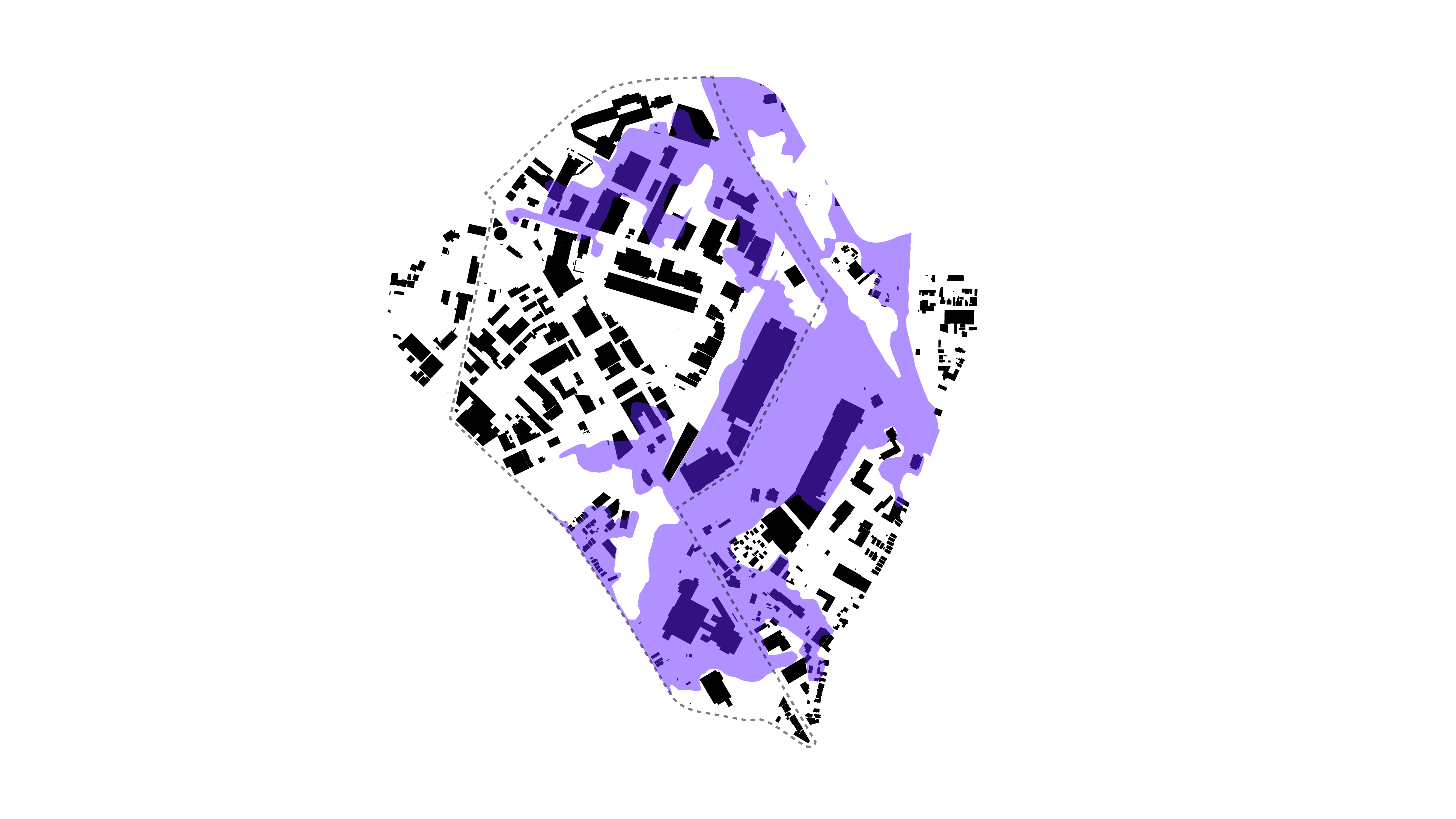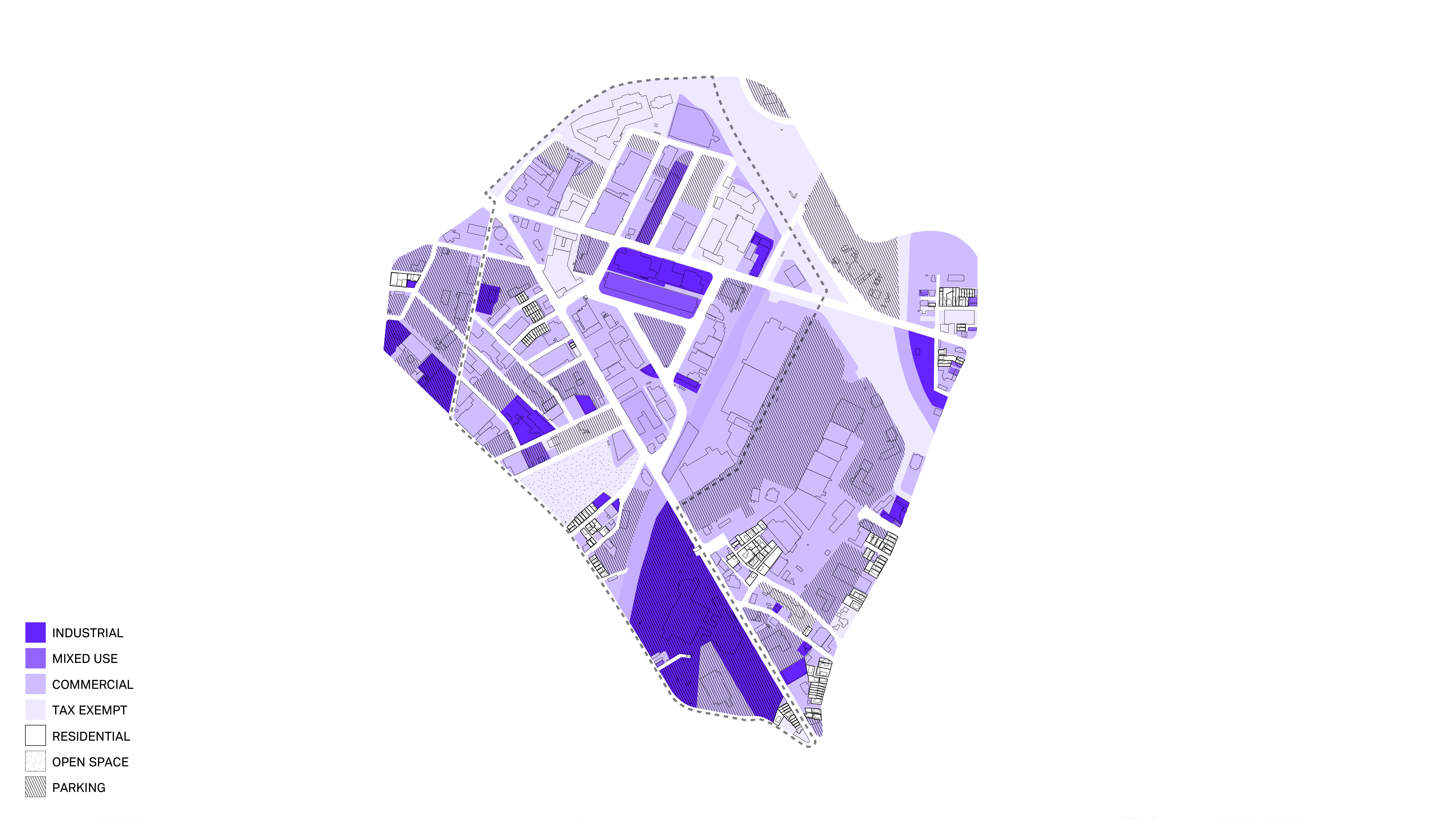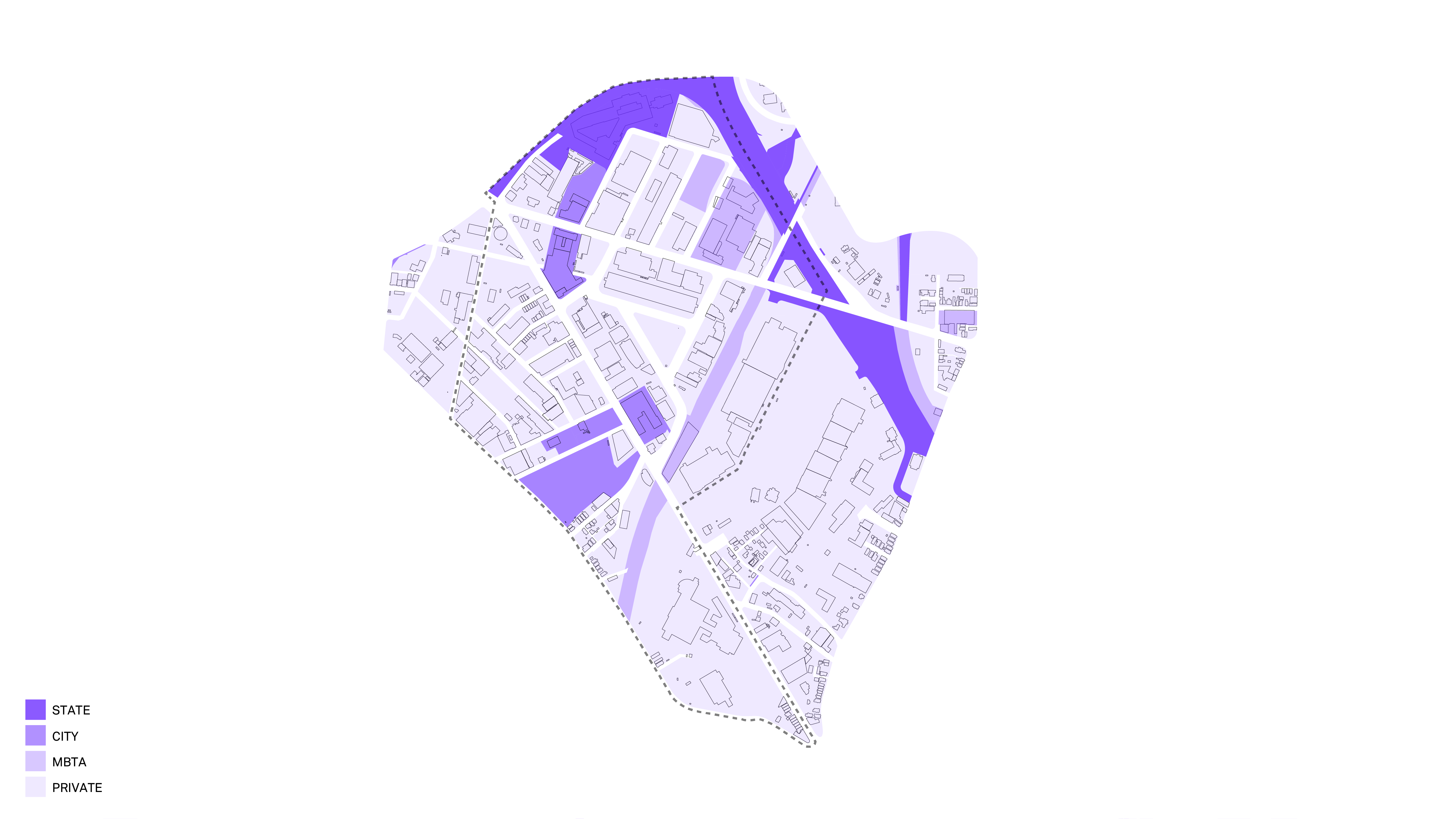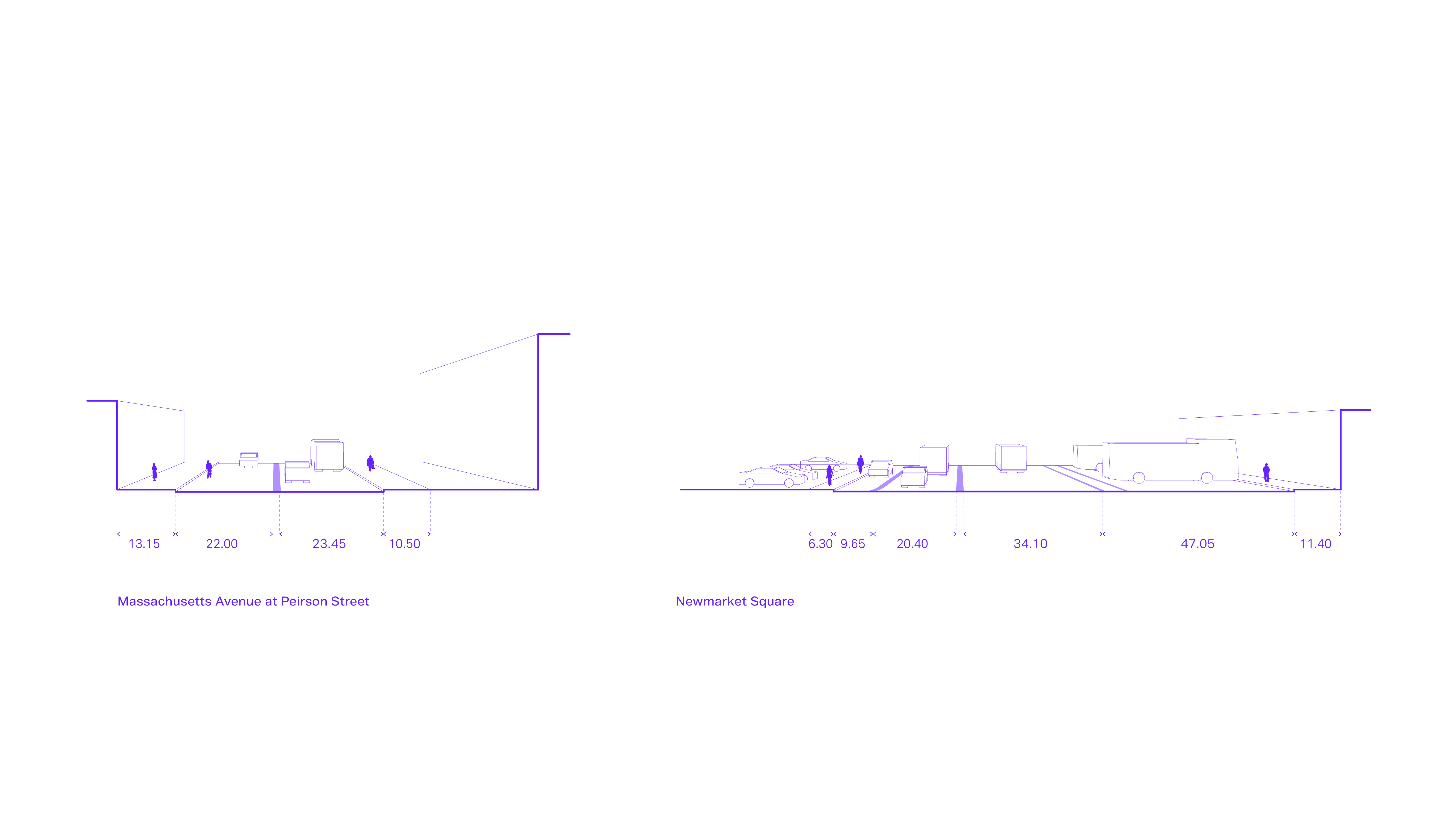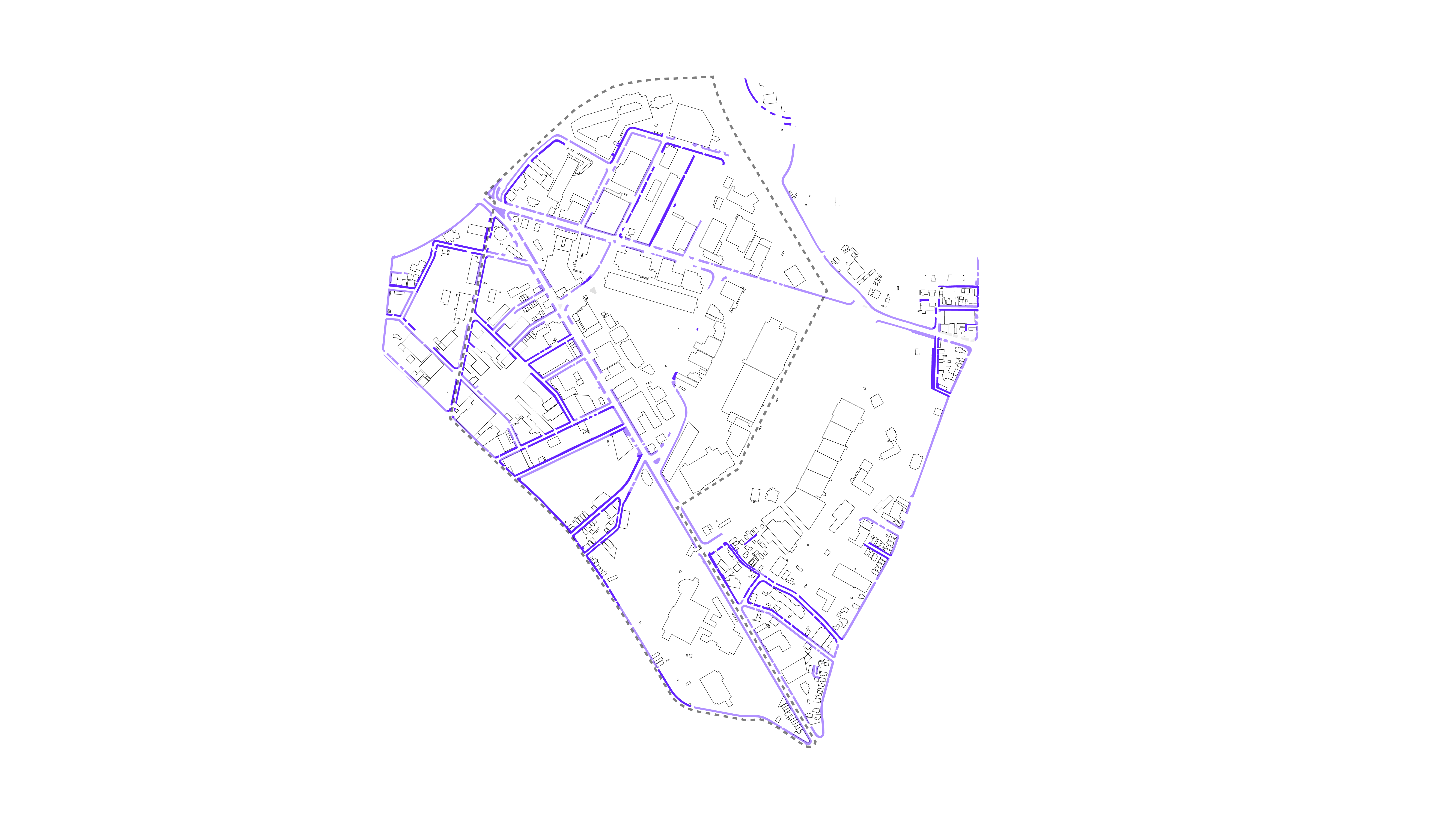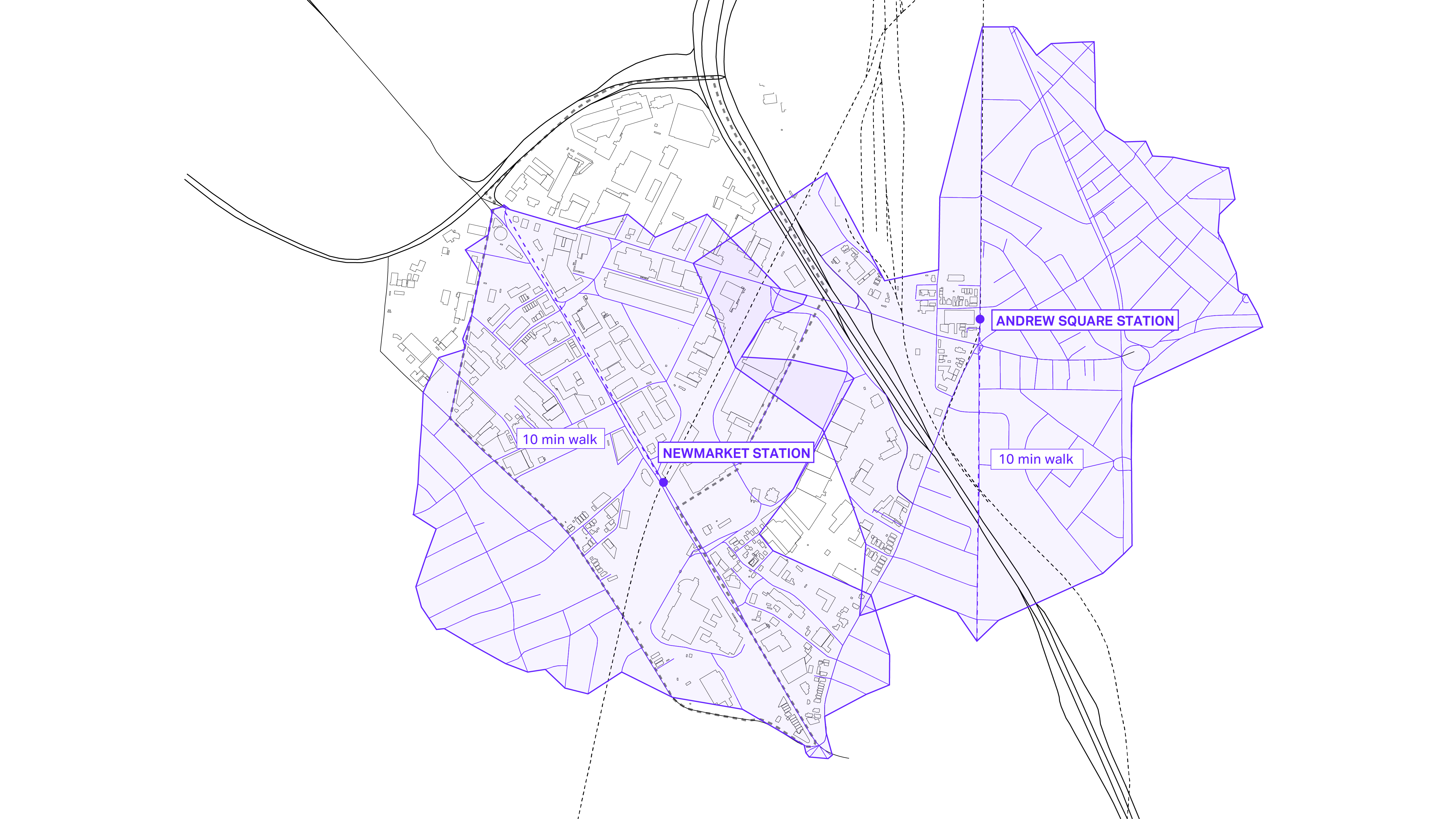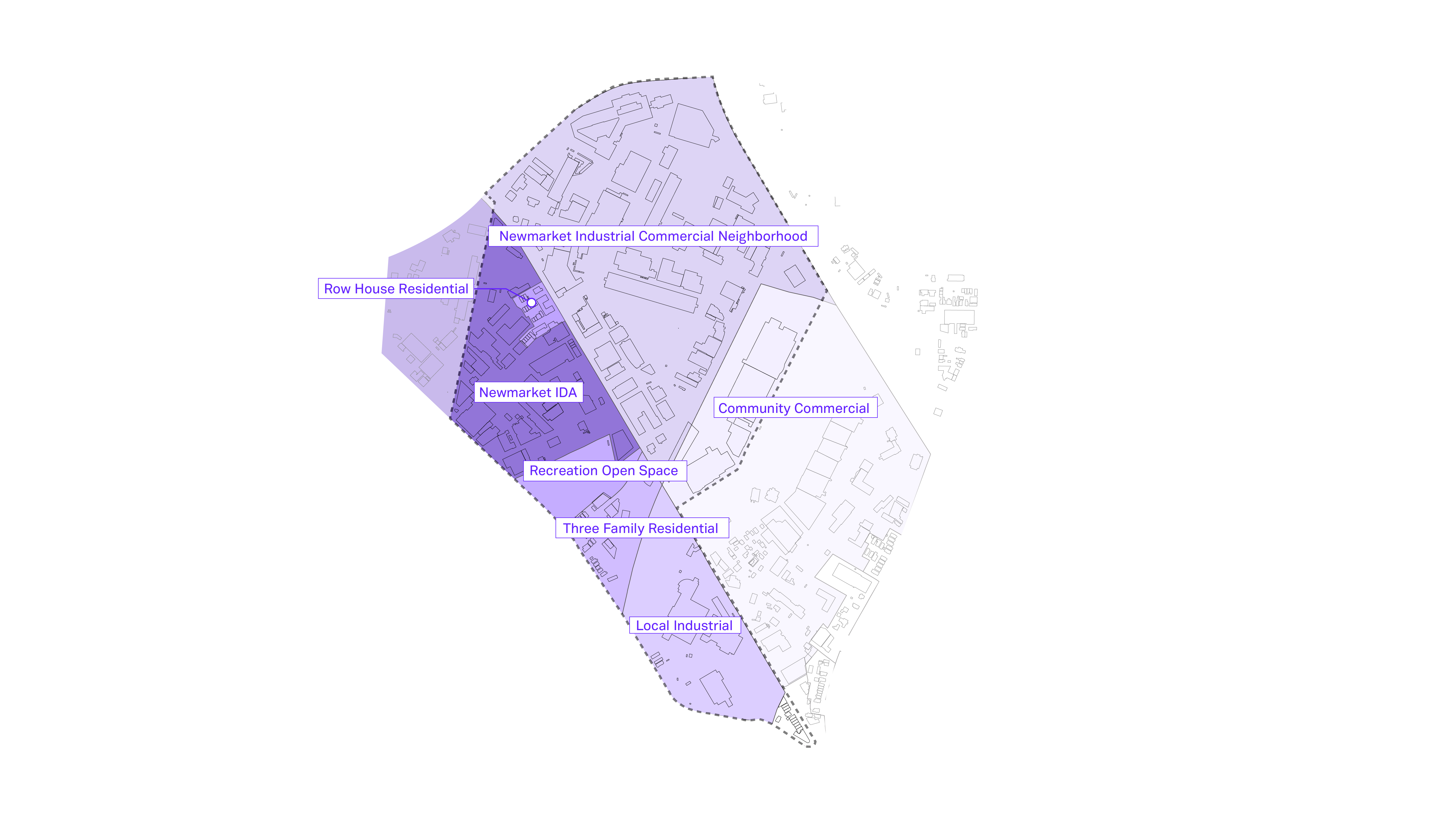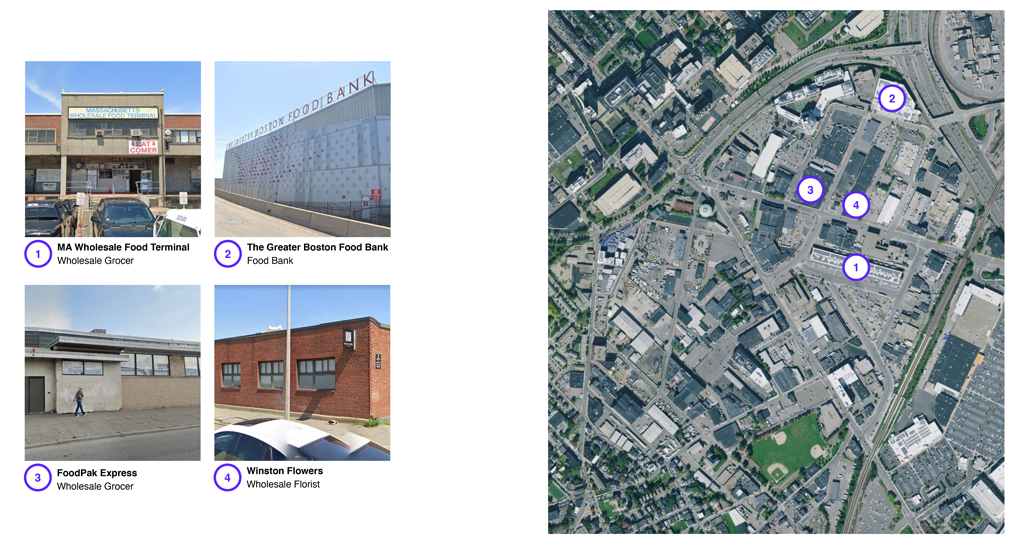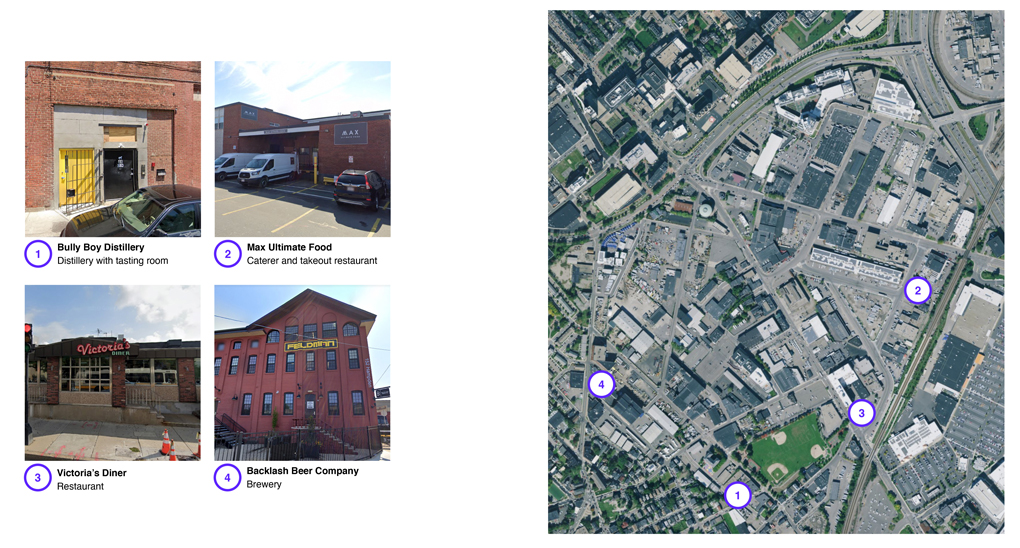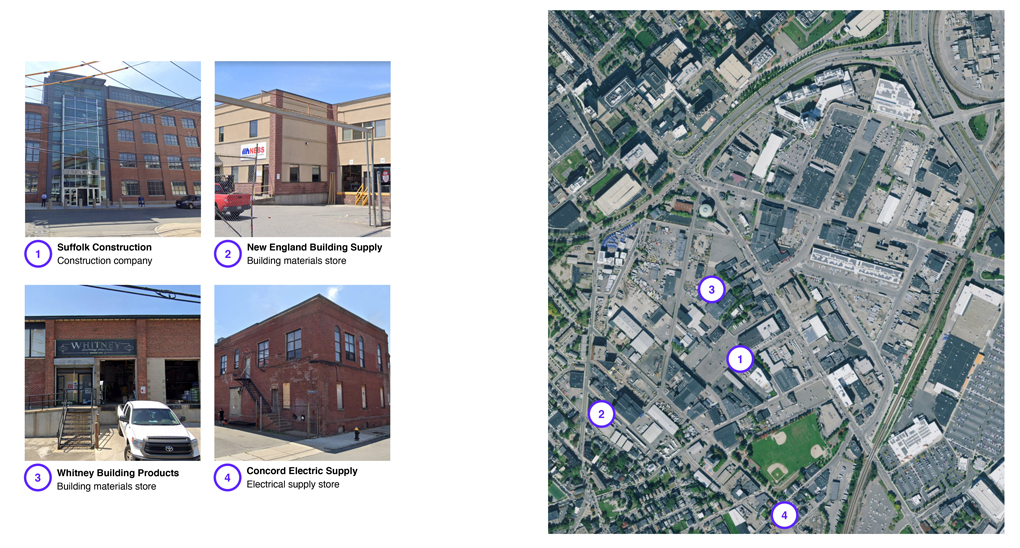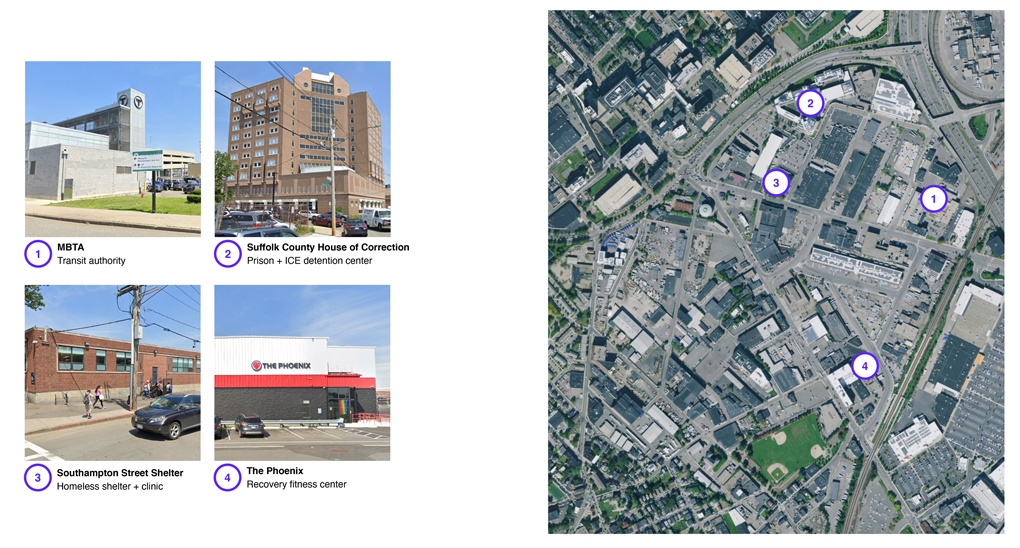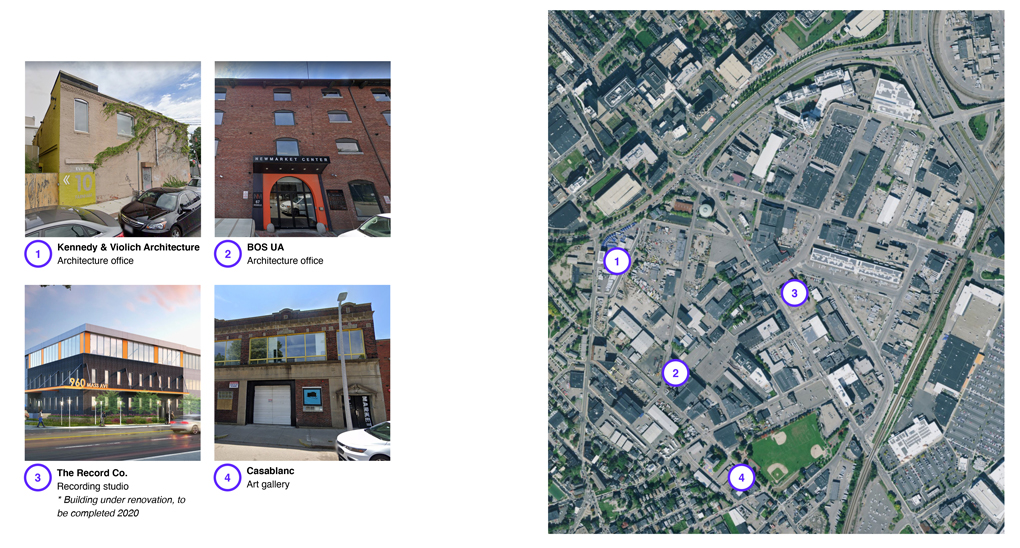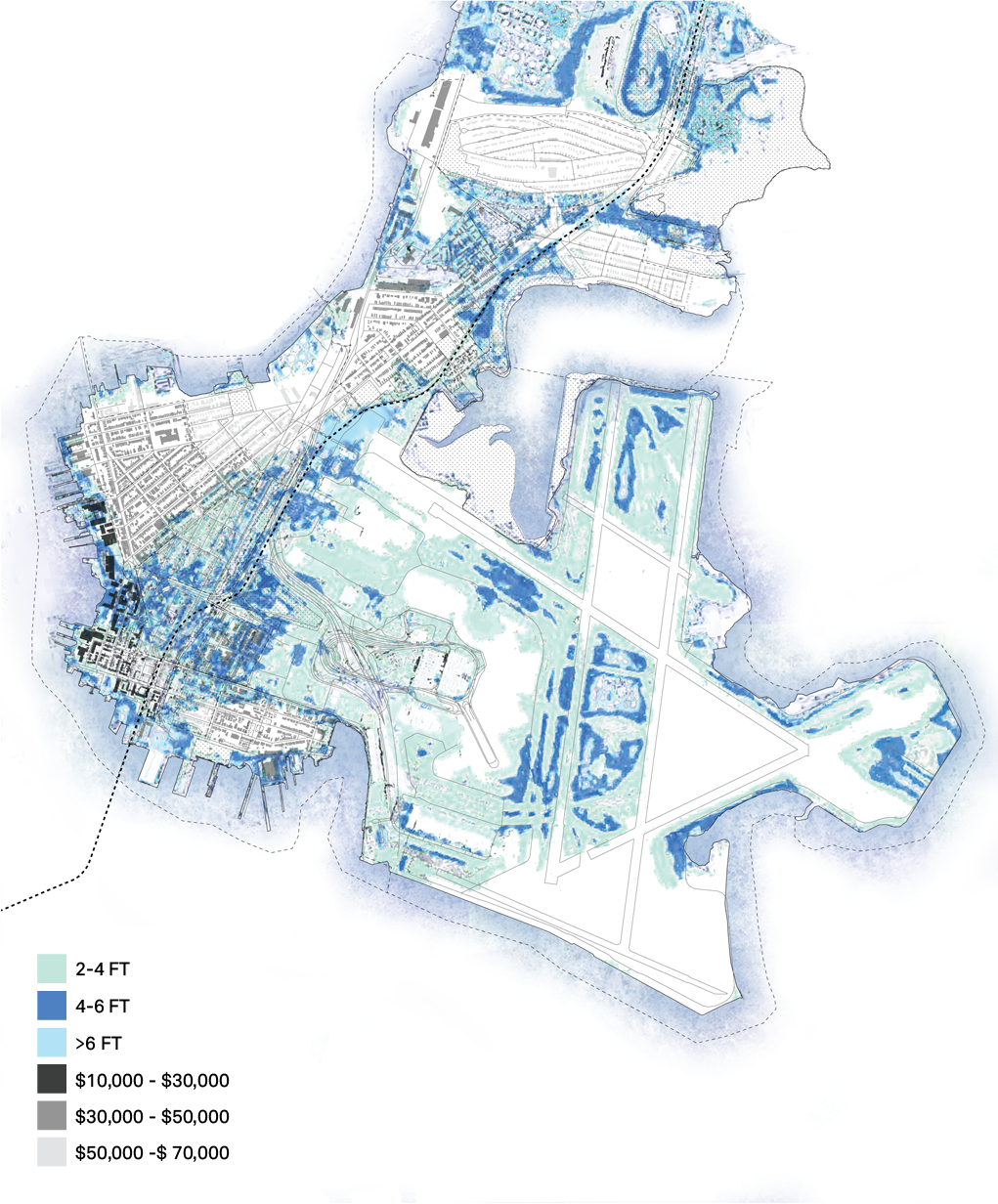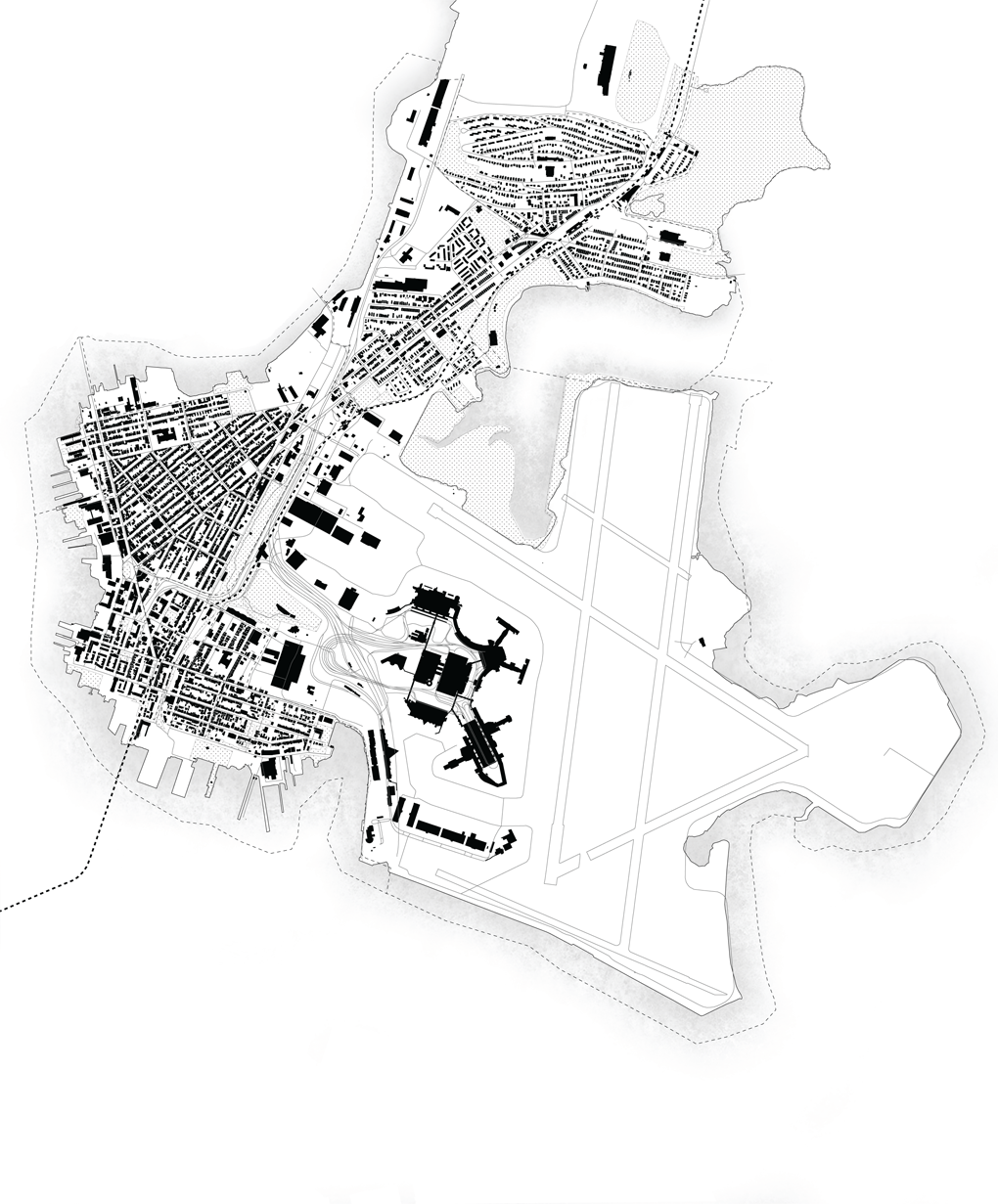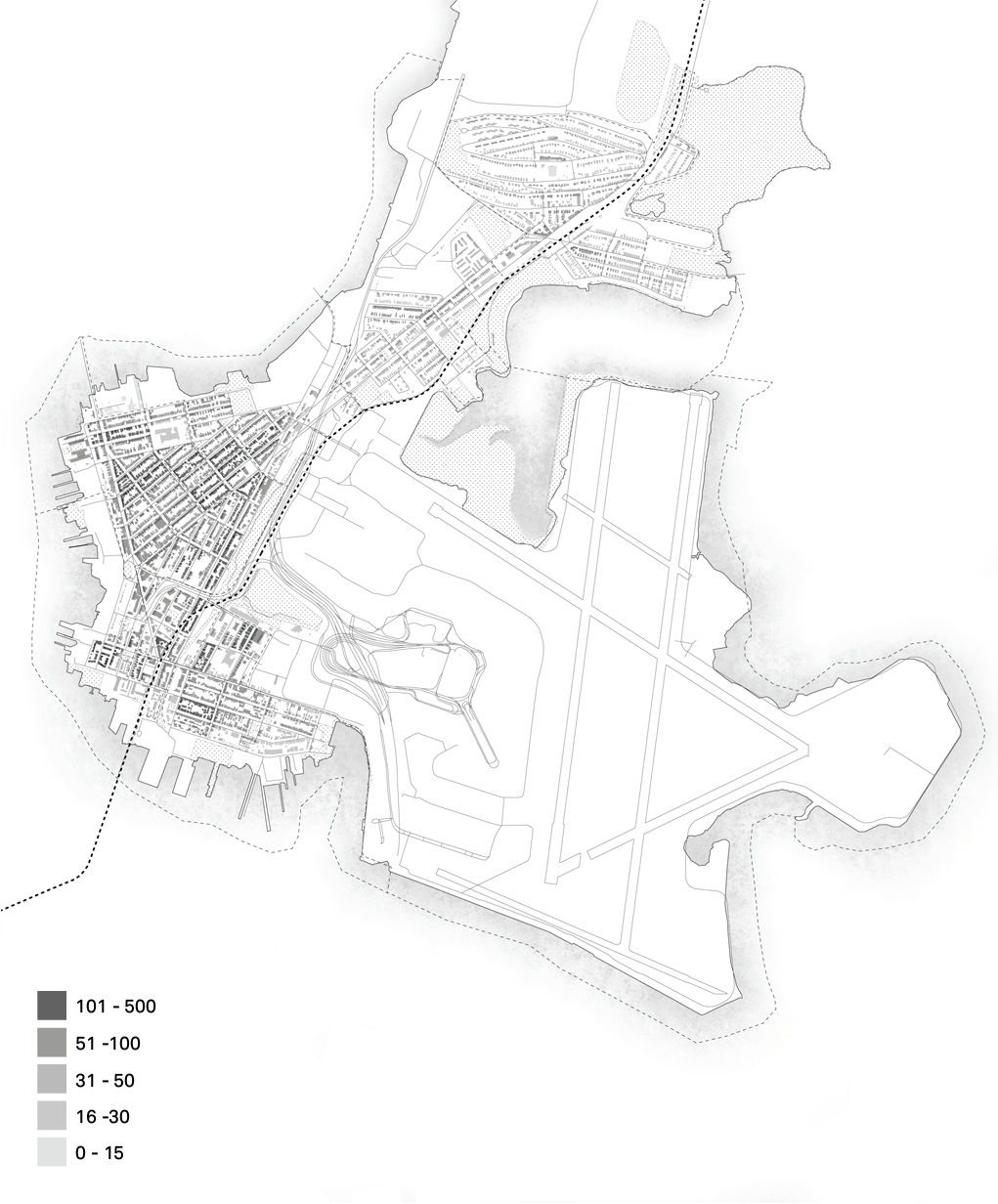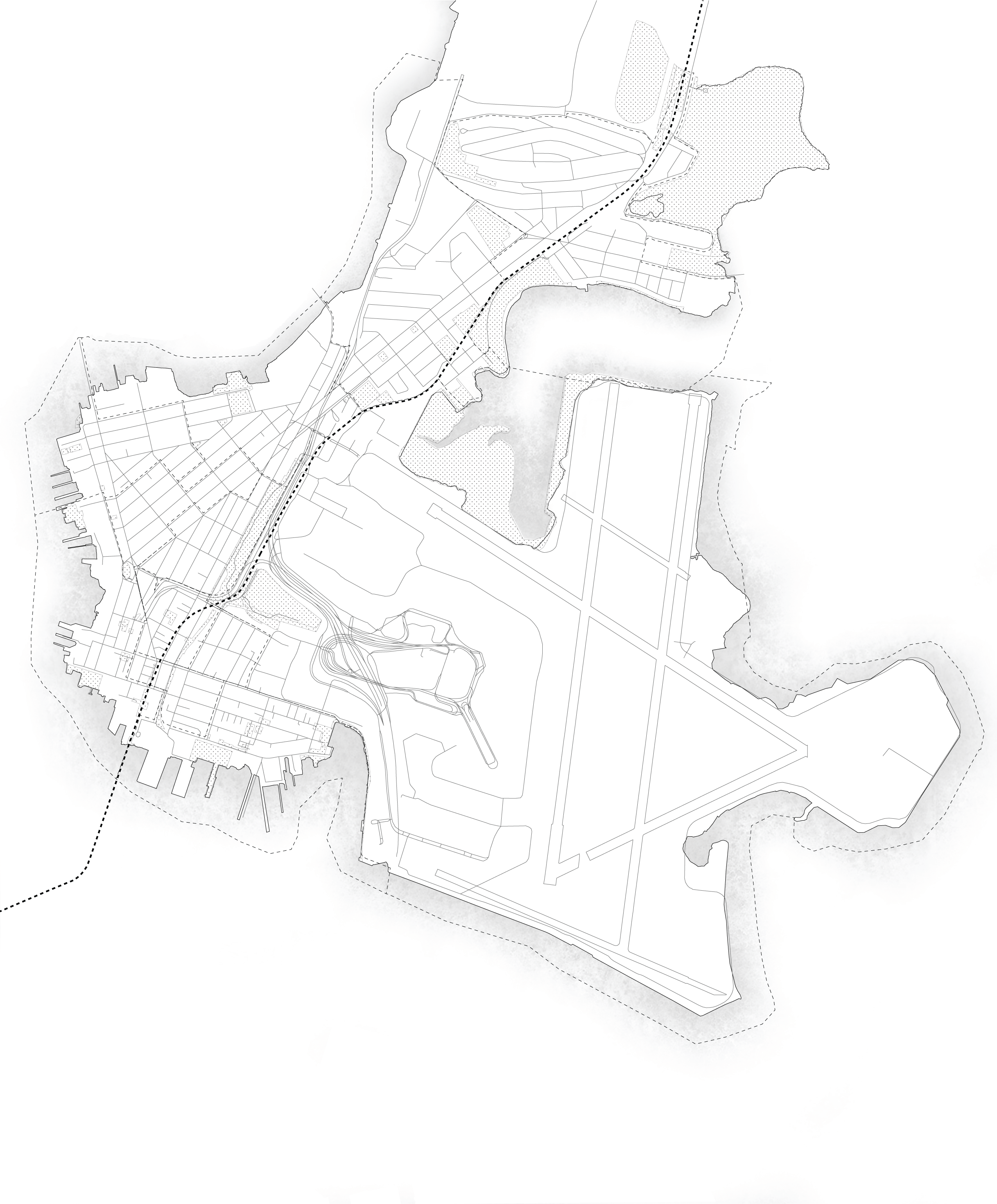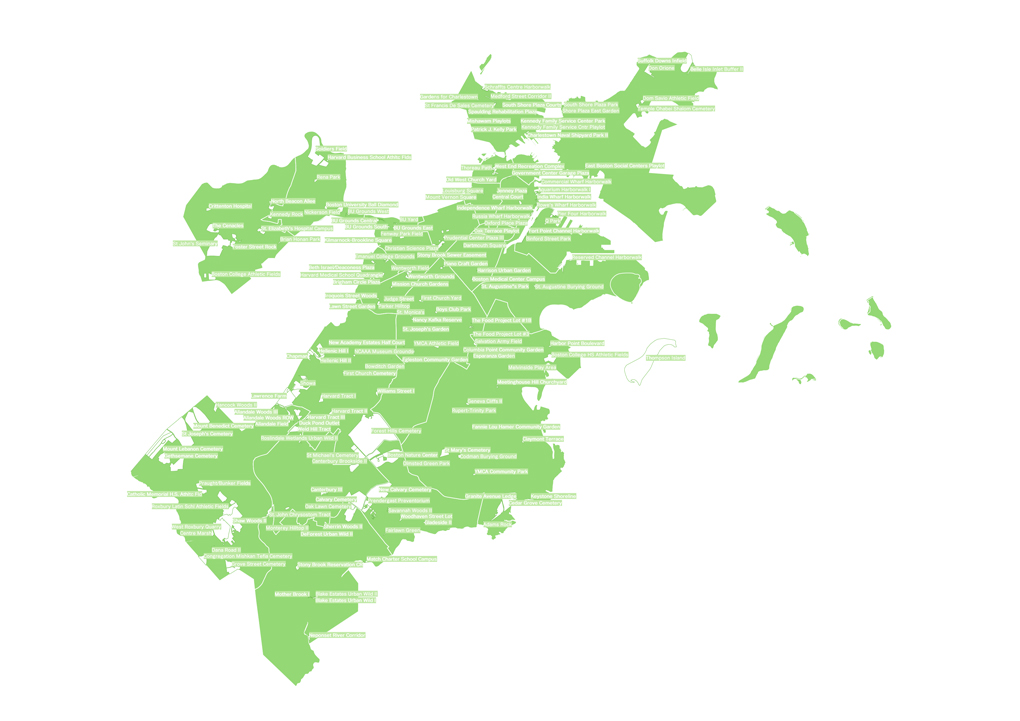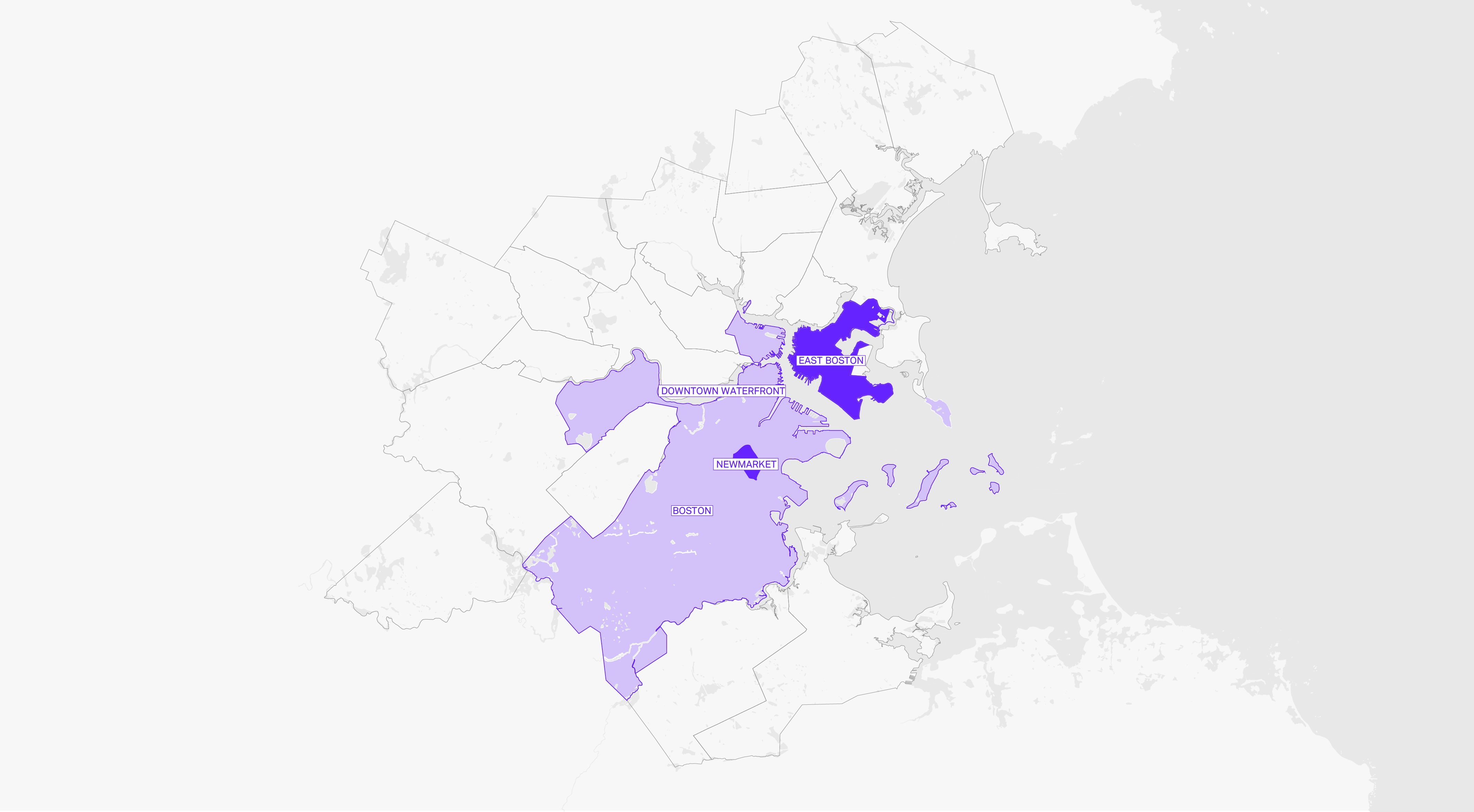
| Location | Boston, Massachusetts |
|---|---|
| Tags | Research |
OverUnder has conducted a number of urban analyses in Boston's neighborhoods. The focus areas range in scale from small districts such as the Downtown Boston Waterfront to entire neighborhoods like East Boston. Using a variety of analytic tools and representation methods, we analyze the spatial and social characteristics of a district or neighborhood, to understand the issues facing each community. These studies allow us to develop a planning and design approach that responds to the specific needs of a place and its constituents.
Downtown Boston Waterfront
Boston is a majority minority city yet people of color are underrepresented in its downtown waterfront. What might be ways to alter this moving forward? Ownership in the district is predominately private, although the Harborwalk offers the promise of an open and accessible public realm. The site is bookended by the Children’s Museum and the New England Aquarium, and it runs parallel to the Rose Kennedy Greenway, all popular destinations for many. Despite being surrounded by robust and diverse public programming, and despite being well-connected via mass transportation, the site remains a relative dead zone.
Much of the downtown waterfront is a high risk coastal area, which will require significant physical and procedural redesign to meet the rising tides. Could we leverage the coming reality of sea level rise to address the mismatch in who uses it and feels welcome here?
Newmarket
Over the past twenty years, industrial hubs of the Greater Boston area such as Chelsea, Everett and Waltham have been shrinking, giving way to commercial or residential uses. Newmarket is one of the few remaining industrial districts in close proximity to downtown Boston, with cheap available land, that has the potential to accommodate a set of uses essential to the function of the city.
Newmarket has a complex set of constituents. Although it is primarily an industrial area, there are several kinds of industry here. In addition, it is a space for crucial services: from municipal affairs to health, addiction and recovery, not to mention cultural and artistic production. However, streets are tailored to the movement of trucks, with minimal right of way for pedestrians, cyclists and transit users. At the same time, the district is threatened by flooding. How can Newmarket adapt to the 21st century, while preserving its essential role as an industrial and health hub for the City of Boston?
East Boston
Overall, East Boston has a well-defined fabric, with an intact ding footprint and population densities. The neighborhood also an unusual infrastructural mix of overpasses and underpasses shaping its fabric. Historically, the neighborhood has been a gateway for newcomers to Boston, the first place that immigrants lived and worked when stepping off a boat or plane. Today, however, that role is being challenged by the twin forces of gentrification and climate change.
